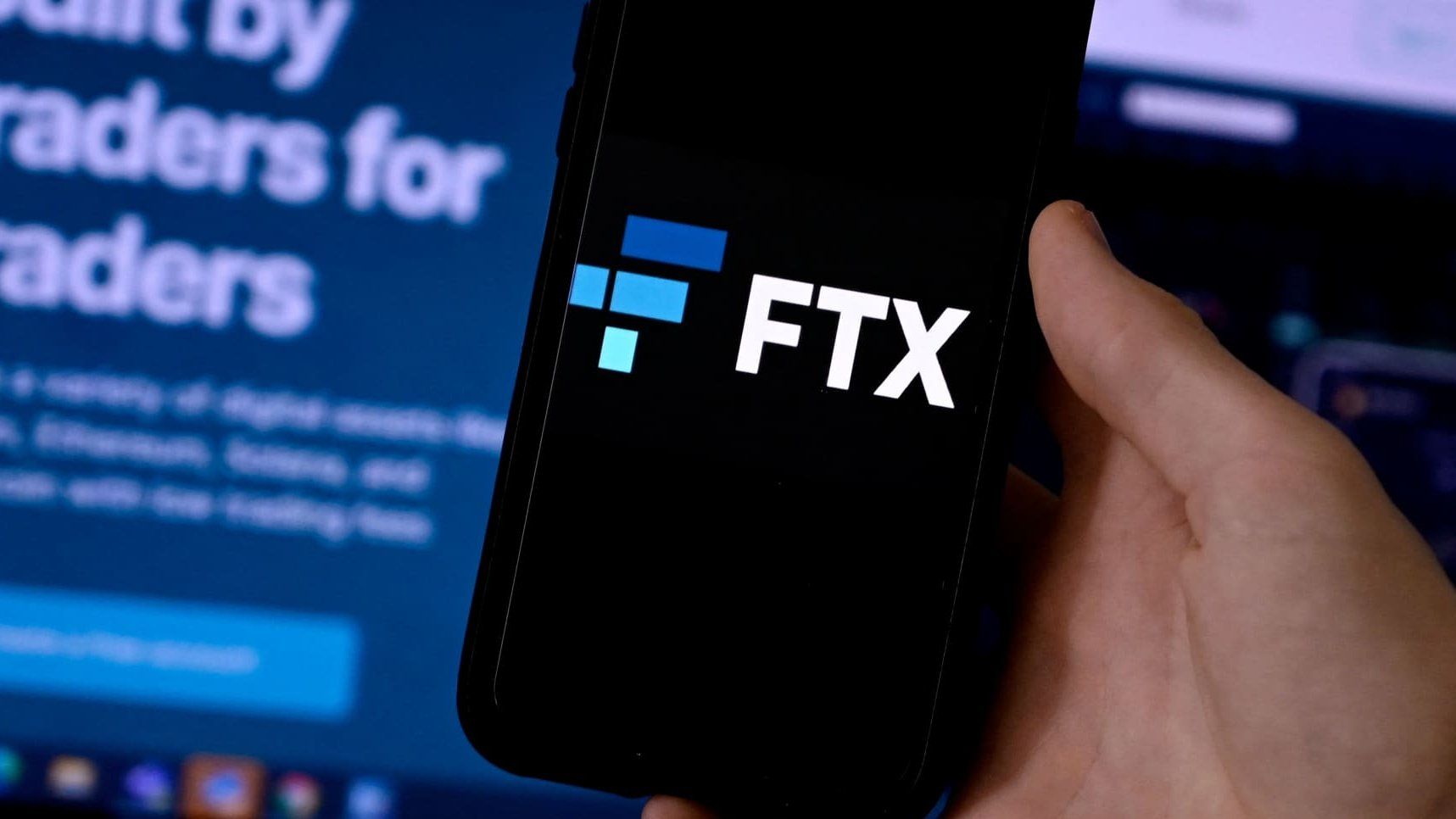An address associated with the defunct exchange FTX and its trading arm Alameda Research has unstaked 186,326 Solana (SOL) tokens valued at approximately $21.56 million.
The transaction reported by analytics firm PeckShieldAlert took place at 14:30 UTC on April 11, 2025.
FTX Unstaking Driven by Crypto Market Volatility
Since FTX’s bankruptcy in 2022, Alameda’s wallets have unstaked millions of dollars’ worth of SOL as part of their asset liquidation strategy in a sequence of incidents.
Solana’s price decreased by 3.5% in the first hour following the trade, from $116 to $111.90. Trading volume for SOL/USD pairs increased by 22%, with 1.2 million SOL traded during this time.
Other trading pairings, such as SOL/BTC, which had a 2.8% price drop and a 15% increase in transaction volume, showed comparable results. Furthermore, the total value locked (TVL) in Solana-based decentralized finance (DeFi) protocols decreased by 4.2% following the unstaking event.
Previously, these events have had a profound impact on market dynamics. For instance, in March 2025, FTX unstaked over 3 million SOL worth $431 million, leading to a sharp price drop of 19% within 24 hours.
Are Centralized Exchanges the Next Stop?
While the unstaking may not necessarily mean an immediate sale, it often precedes one. Previous patterns show that FTX and Alameda deposited significant amounts of unstaked SOL to centralized exchanges like Binance and Coinbase shortly after similar transactions.
The latest batch may follow suit, which could add selling pressure to an already volatile market.
FTX remains subject to the Delaware Bankruptcy Court’s liquidation rules, which place stringent weekly sales caps to avoid undue market disruption. Its former cap was initially $50 million per week but later increased to $100 million, with plans for additional increases pending court permission.
Even though the calculated actions’ results are uncertain, incidents like this highlight the interconnectedness of blockchain ecosystems and how crucial open asset management procedures are to preserving market stability.
READ MORE: Here’s Why EOS, Tezos, Ethereum, AAVE, and Altcoins are Crashing













